This year my husband and I are launching our first wine together, a project that is exciting and deserving of time, thought and research. While developing our new label and name, we dove into the family history for inspiration, which also got me curious to learn the history of wine and winemaking in the region.
The Castelli Romani has been known for winemaking and growing grapes on its fertile slopes since ancient times; wine was a fundamental element in Lazio’s agricultural economy and essential in social life. The volcanic soil, cooler climate, sloping hills and proximity to the sea have always factored into it being an excellent winemaking region, and as I dug further into the history, I discovered there has always been a love affair with wine.
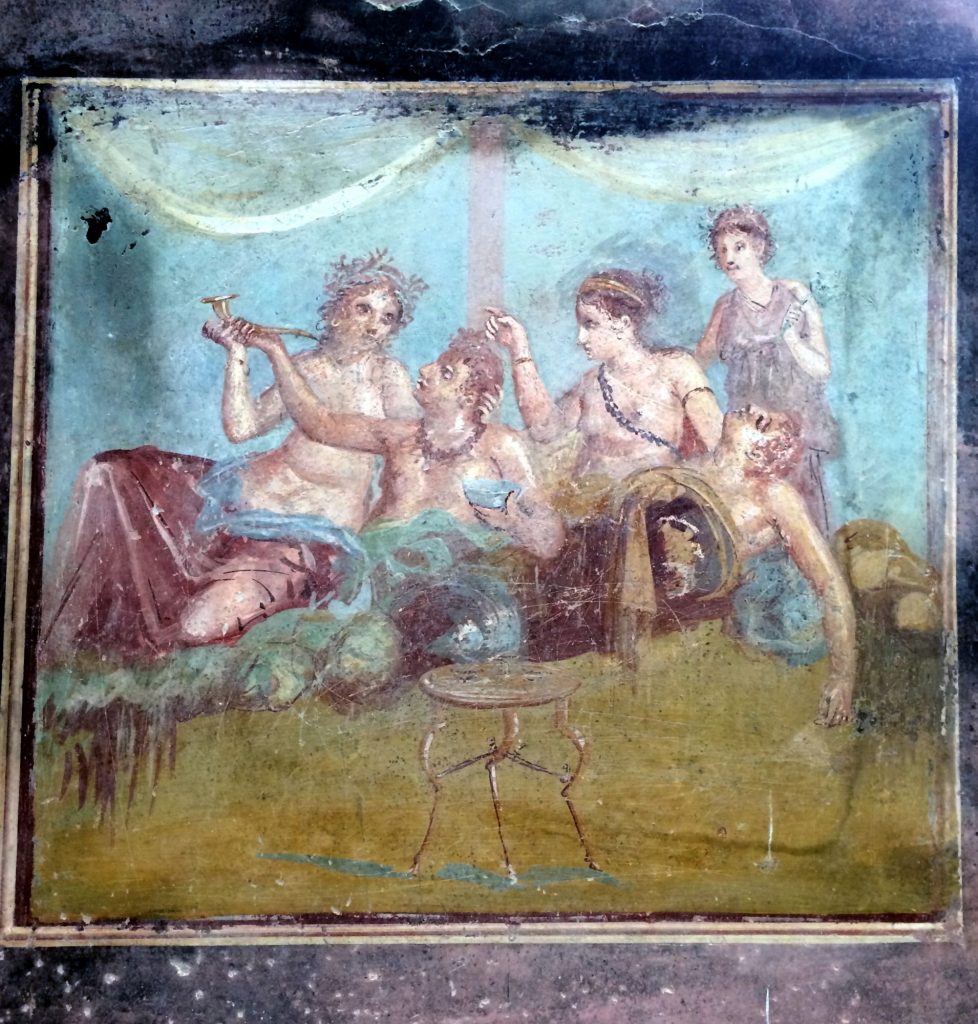
Fresco in the House of Chaste Lovers, Pompeii
Viniculture in the ancient world
The origins of wine in the Castelli Romani can be found in many literary sources of Greek and Roman writers; from Plutarch and Pliny the Elder, we know Numa Pomilious introduced winemaking to Rome and Lazio in the VIII century BC.
However, the first traces of winemaking in Lazio date back to the VII century BC: Wine amphorae were found in tombs of the rich near the Tiber river. Later, tombs of aristocrats never lacked wine drinking vessels, such as kraters (vases) in which the beverage was diluted with water, oinochoai (pitchers) and kylikes (cups) to drink it. Wine was once a rare and expensive drink, even Homer placed it among the precious goods of Ulysses’s treasures.
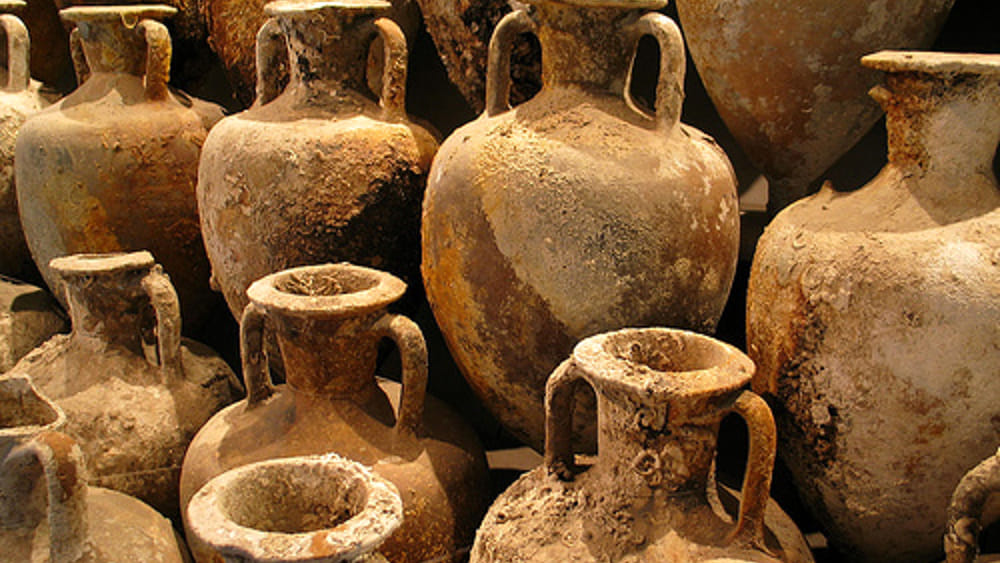
The Latin League settled on the slopes of the Alban Hills and with this expansion, the importance of viticulture and its impact on Lazio’s agricultural economy also grew. Authors of the Roman age provide us with useful information not only on ancient winemaking, but also about vine cultivation in the Castelli Romani.
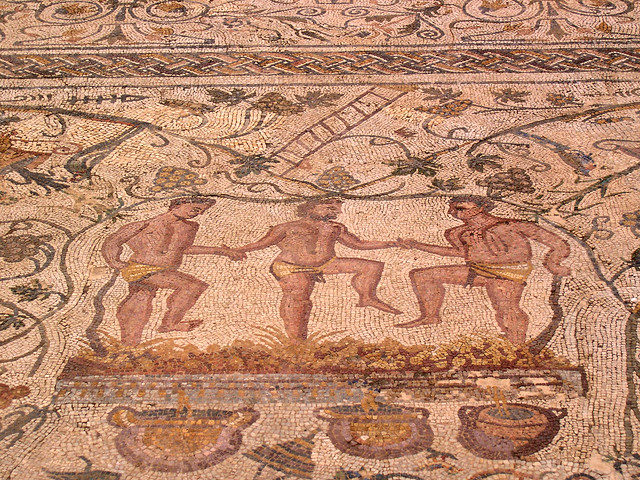
Treading Grapes - Roman mosaic. Mérida, Spain. Photo by David Jones
Marcus Porcius Cato (234-139 BC), born in Tusculum, in his manual "De Agri Cultura" (On Agriculture), provided instruction on vine cultivation, suggesting the best grape variety according to environmental conditions and soil. He also considered the vineyard the most important aspect when judging a farm; a probable sign the wine trade was lucrative. Lucius Columella, who lived near Albano, discusses suitable soil for different vines and give suggestions on how to flavor wine in his book "se Re Rustica" (1st century AD).
Portrait bust of Marcus Porcius Cato. Antonio Salamanca, dating 1510 - 1562, Rijksakademie van Beeldende Kunsten. Wikimedia Commons
Geographer Strabone (64 BC-20 AD) wrote the territory produced excellent, delicate wines and contained very profitable vineyards. According to the poet Orazio (65-8 BC), wines from Albano were on par with Cecubo and Falerno, the best wines in Italy at the time.
Other traces of viticulture in Roman times are found in "Natural History” by Pliny the Elder, who classifies 90 vines found throughout the Roman Empire, one of which having the characteristics of the present Trebbiano Giallo today, a grape most diffused throughout the Castelli Romani and the grape Alessandro and I have chosen to use in our wine today. Roman poet Giovenale describes a very fine sweet wine "il cannellino" produced in the area. Today, Cannellino is now a DOCG wine in Frascati
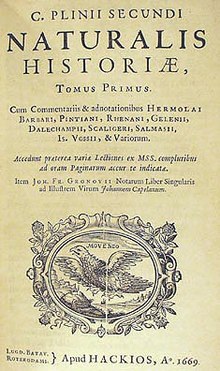
Naturalis Historia, (Natural History),1669 edition, title page. Wikimedia Commons
Convivium
The Convivium, or banquet, was an opportunity to indulge in the pleasures of food and drink and to make new friends. During these banquets wine was diluted with water, the rule of thumb generally being 2 parts water and 1 part wine. Alternatively, salt, resin, tar, chalk or sea water were also used to mix in and preserve the wines. Often spices were added for flavor.
The best combination was with honey (vinum mulsum) which, in addition to giving a pleasantly sweet taste, increased its alcohol content.
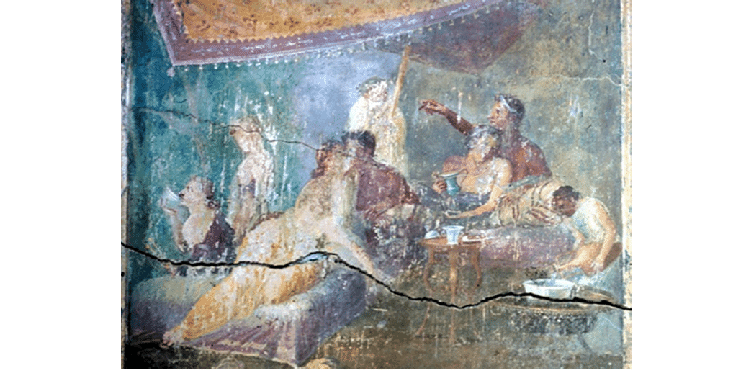
Fresco in House of Chaste Lovers, Pompeii
With the fall of the Roman Empire, came the Barbarian Invasion: Viticulture hit a hard crisis and only in certain areas vineyards were cultivated, especially those near Benedictine monasteries. Viticulture in Lazio revived when Charlemagne came into power and it was only towards the end of the Middle Ages, when political stability was reached and sustained for several centuries, viticulture regenerated and developed in the Castelli Romani.
In the time periods that followed, wine from the area was imbibed, portrayed and praised by writers, poets and painters. Many references can be found from the era of the Grand Tour.
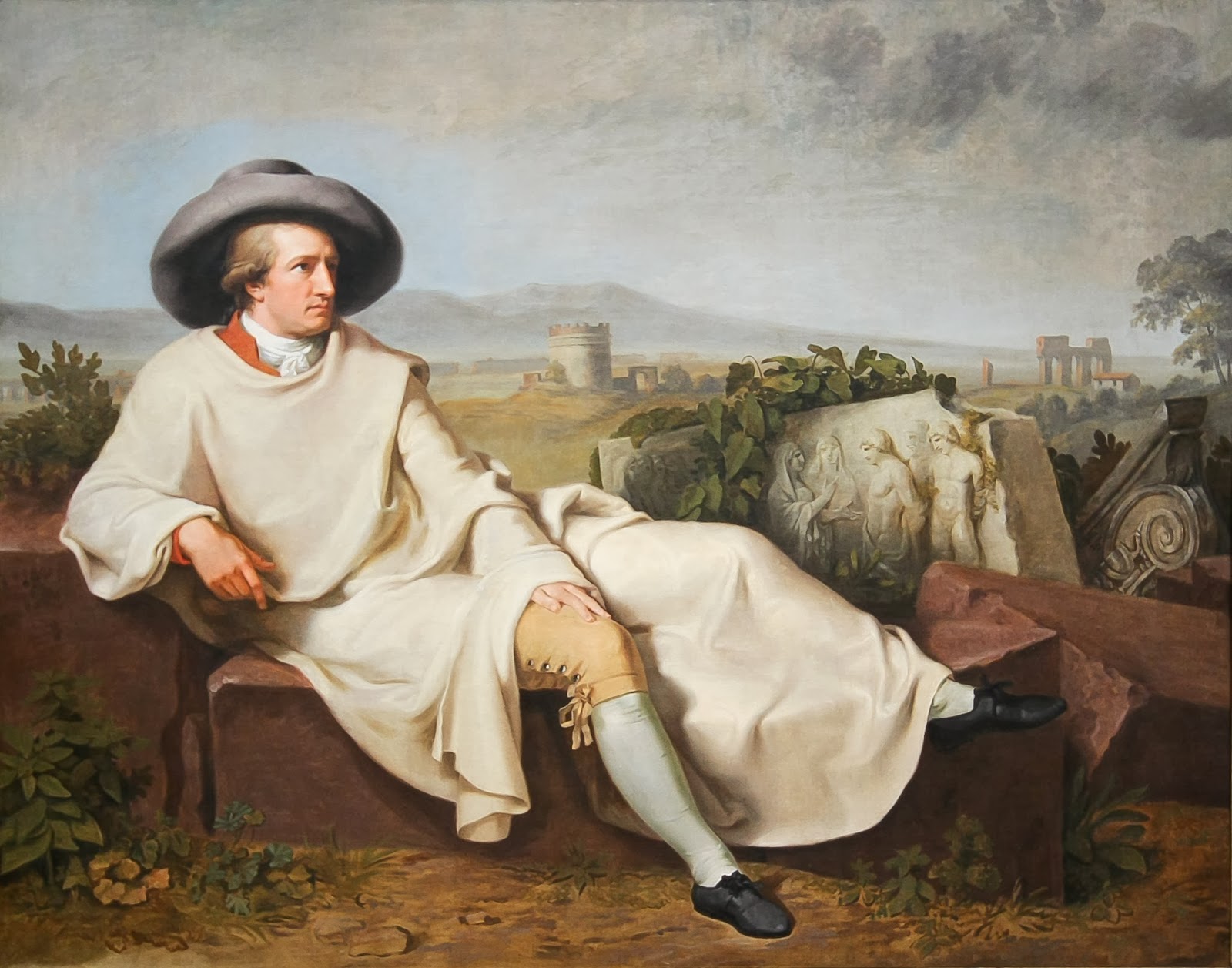
Johann Heinrich Wilhelm Tischbein, Goethe in the Roman Campagna, 1787, Städel Museum, Frankfurt, Germany. Wikimedia Commons
One from that time period is close to home: A letter dating 1695 states the famous painter Carlo Maratta received and drank Jacobini (my family) wines, copy below, reference found in the third line:
With the Jacobini Winery roots going back to at least to the 1600’s, to later founding one of the most important cooperatives in the region in the 1950's,
Fontana di Papa
, our family has been part of the region's winemaking history.
Fratelli Jacobini Wine Label, circa 1700
Today the Castelli Romani boasts 10 DOC and DOCG wines combined and many IGT award winning wines. The region is undergoing yet another transformation: Many large winemaking cooperatives which focused on quantity are being replaced with single producers aiming for quality. This quality movement has been building steam and producers are turning out impressive wines that are competing on a national and international level while collectively improving the territory's wine reputation.
Alessandro and I aim to be on this new path: Our best
Trebbiano Giallo
grapes (a variety Pliny the Elder first mentioned over 2000 years ago) take center stage in our organic wine. Ancient Roman history, our family history and the present all entwined together, respecting tradition with an aspiring eye on the future.
Our Trebbiano giallo grapes
Bibliography:
‘Symposium, a tavola tra mito e cultura’ 13 July 2017- Present, Palazzo Sforza Cesarini, Genzano di Roma.
Federazione Italiana Sommelier Albergatori Ristoratori, L’Italia del Vino, Andrea Zanfi.
Cultural Exhibit, “Borgo di Vino” 11 - 13 May 2018, Borgo di Nemi.
Share this page

